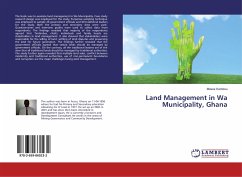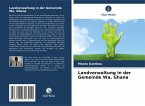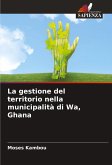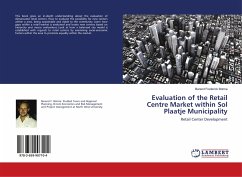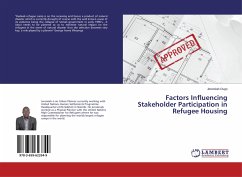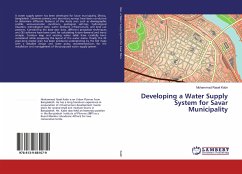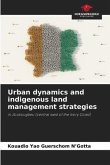The book was to examine land management in Wa Municipality. Case study research design was employed for the study. Purposive sampling technique was employed to sample 20 government officials and 60 traditional leaders for the study. Both the primary and secondary data were used. Questionnaires and interview guides were used to collect data from respondents. The findings revealed that majority of the respondents agreed that Tindanbas, chiefs, individuals and family heads are stakeholders in land management. It also showed that stakeholders were responsible for the selling of land, settling of land disputes and preserving the land for future generation. The findings further revealed that the government officials agreed that vested lands should be managed by government officials. On the contrary, all the traditional leaders are of the view that all traditional lands should be managed by traditional authorities. The study further again revealed that multiple land sales, conflict between modernity and traditional authorities, use of non-permanent boundaries and corruption are the major challenges facing land management.
Bitte wählen Sie Ihr Anliegen aus.
Rechnungen
Retourenschein anfordern
Bestellstatus
Storno

